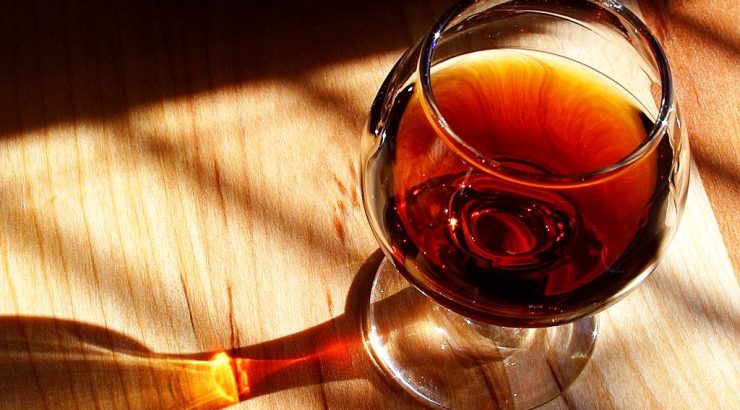
The wine headache….Are sulfites to blame? by Jennie Monfried and Anjali Sarath, MS in Food Science students
November 16, 2016
It’s wine o’clock somewhere! The wine connoisseurs of 2016 are hunting their nearest organic grocery stores to find sulfite free wine. Who cares about the price, the undertones, the age, the place of origin, or even the type of wine for that matter… these days the sulfite free label is believed to be the golden ticket to a wine buzz with no headache. In fact, quite a few will pay more just for the “sulfite free” label. Sulfites are obviously to blame for the excruciating headache experienced shortly after drinking a glass of wine…right? Not to break your heart wine connoisseurs of America but actually, WRONG. Sulfites are not to blame for your headache. Red wine contains about 10 mg of sulfites in a typical glass, with slightly higher levels in white wine versus red. However, ONE dried apricot has about 16.5 mg of sulfites with other dried fruit containing about the same amount. Most consumers don’t only eat one piece of dried fruit, so at the end of their snack, they could end up ingesting sulfite levels in the hundreds. But for some reason, consumers don’t complain of the same headache as when they drink wine. New organic wines on the market contain lower levels of sulfites, less than 10 ppm. But the headache triggering potential still remains with no published literature being able to link the presence of sulfites to headaches.
The Truth About Sulfite Sensitivity
Sulfites are used as a preservative and antioxidant in different foods, beverages, and in the pharmaceutical industry. Sulfites have been used in wine for centuries to preserve and prevent discoloration. It is estimated that 1% of the population is affected by sulfites, and of that group 5% have asthma. Of those sensitive to sulfites, the most common side effects are dermatological symptoms such as hives and blotchy skin, gastrointestinal issues such as diarrhea and nausea, and respiratory symptoms such as bronchoconstriction and wheezing. Although sensitivity to sulfites is an issue for 1% of the population, these symptoms do not include headaches. Moreover, there is no evidence that the other 99% of the population would experience a headache due to sulfites in wine, or any other product for that matter.
Is alcohol to blame?
Although the relationship between alcohol and headaches is not clearly understood, it is believed that the alcohol may be the cause for the wine headache. A great number of people are online searching for the relationship: a google search of the topic yields about 27 million results. Alcohol seems to feature in a wide variety of headaches from migraines to the very obvious hangover headaches. Migraine sufferers almost always cite alcohol as a major dietary trigger. It appears that a combination of many agents could be responsible for the headaches after the consumption of alcohol. Some things identified as possible causes may be naturally present in wine such as tannins, histamine, or it could just be the alcohol. The alcohol (ethanol ) present in wine is converted to a compound to called acetaldehyde by enzymes in the liver. Formation of acetaldehyde is associated with hang over headaches. In some people, formation of acetaldehyde from ethanol is so rapid that headaches occur immediately after consuming alcohol. Tannins are naturally present in grape seeds and skins, and may interfere with the metabolism of certain neurotransmitters (also known as chemical messengers) to trigger headaches. The presence of histamines can cause headaches in people who are sensitive. However, histamine sensitivity or intolerance has other symptoms than headaches and can resemble an allergic reaction resulting in diarrhea, congestion of nose, asthmatic wheezing, irregular heart beat etc.
Save your $$$
So the next time all you wine connoisseurs decide to host Wine Wednesday, save your money. To be exact save your average of $1.23, which is how much more consumers are willing to pay extra just to avoid added sulfites. You may need that extra cash for the Advil and coconut water to get rid of your alcohol-induced headache.
This article is part of our on-going series “The Science of Food” which is comprised of essays from students in the M.S. in Food Science program at Chapman University. The essay was originally published on the Food Science Student Association’s blog, which you can read here: http://chapmanfsnsa.blogspot.com/.

